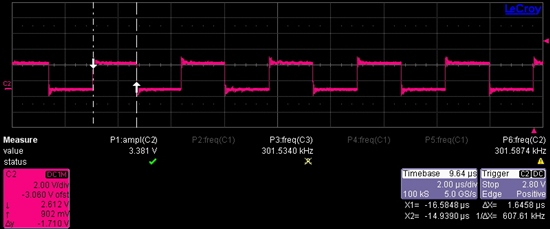Hi,
I come from the Concerto devices, so I'm new in OMAP devices.
I would like to know what is the default speed of both cores? I am asking this because I don't see any clock configuration in the example projects from the StarterWare.
In Concerto devices, I had to configure the clock for each core which I don't see here.
I took a look at the Technical Reference Manual. I can see that SYSCLK6 is the system clock for the ARM and SYSCLK1 for the DSP.
Could you give me an example of configuration if I want both core running at their maximum frequency?
Thank you for your help,
Marc


